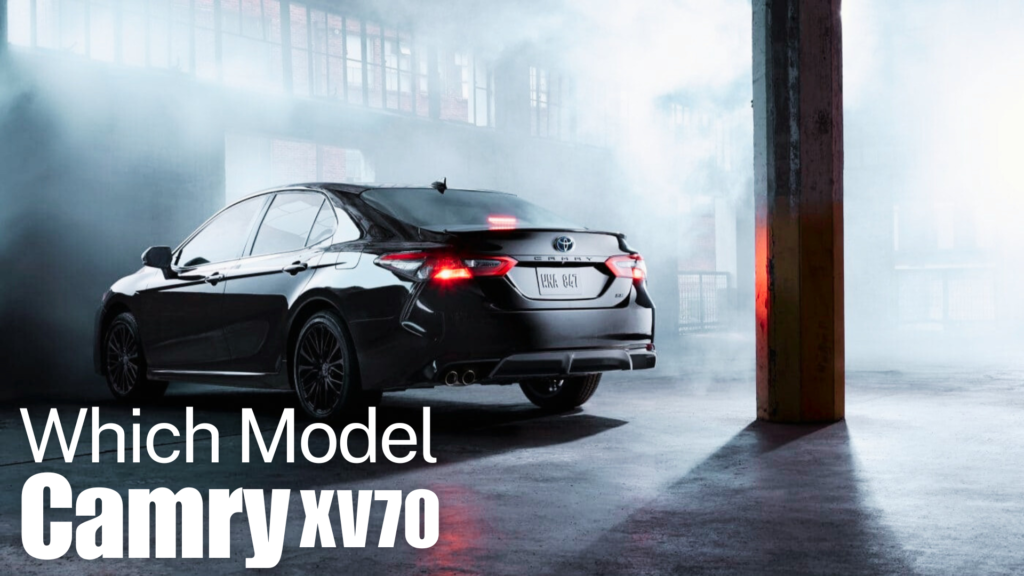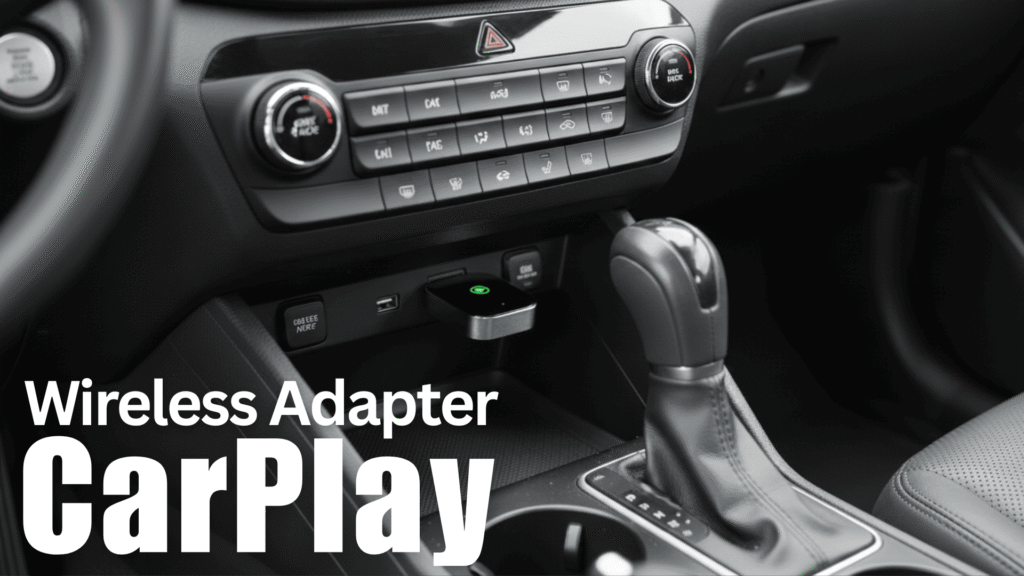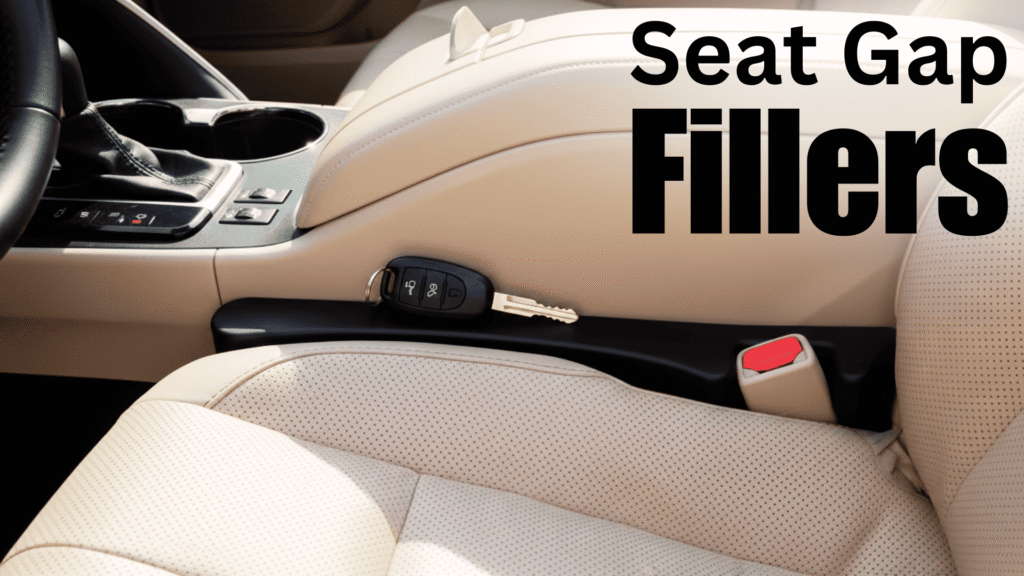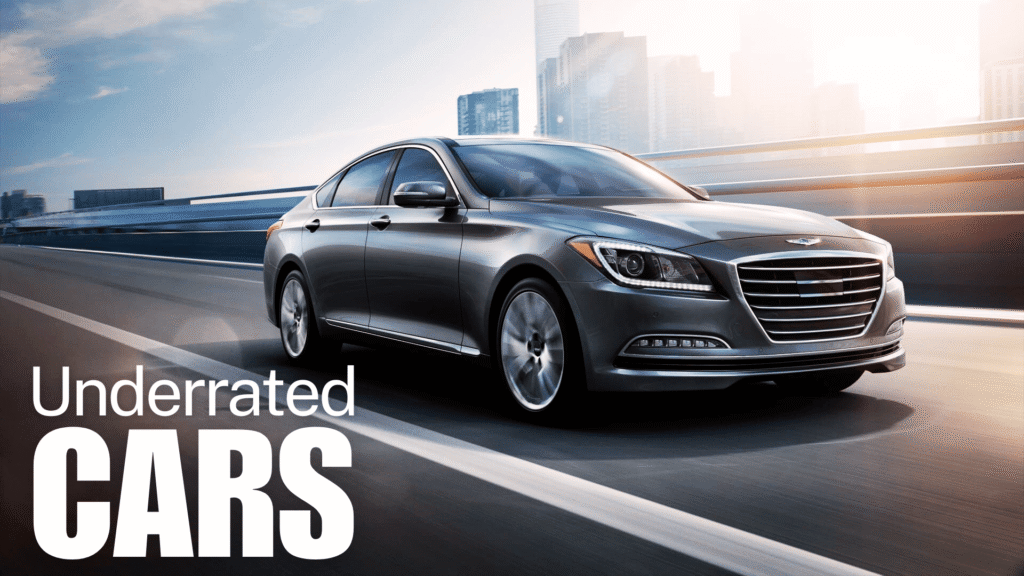If you’re thinking about getting a used Mercedes-Benz SUV, you’re in for a real treat. They bring together luxury and performance without losing a ton of value like new cars do. But picking the right one can be tricky since some models have their own reliability quirks or can cost a bit more to keep up. To make things easier, we’ve rounded up a list of solid models that mix comfort and style with a budget that’s a bit easier on the wallet.
In this post, we’re going to spotlight three of the best used Mercedes-Benz SUVs known for being reliable over time. We’ll talk about the best years to look for, what kind of engines they have, common issues to watch out for, and what you might expect to pay for one. Plus, we’ll throw in some useful tips on how to choose the right used Mercedes SUV and point out what makes these models stand out in the luxury SUV scene.
Top 3 Models Overview
Our picks for reliable cars come from the latest findings by Consumer Reports. This go-to source gives you a solid look based on real-world data, so you’ll get trustworthy insights if you’re thinking about buying a car.
But keep in mind, not every model has enough data to back it up, especially those more unique ones like the G-63. That’s why we only looked at models that hit at least a 3 out of 5 on both Reliability Verdict and Owner Satisfaction. This way, you know you’re seeing only the most dependable options out there.
After digging into reliability info, chatting in owner forums, and checking out expert reviews, these three Mercedes-Benz SUVs really caught our attention:
1. GLK 300
- Why It’s Great: A final-year facelift of the first-gen GLK that improved interior quality and updated styling. Notable for its robust V6 and manageable size.
- Reliability Strengths: Refined powertrain, relatively fewer complex electronics.
2. GLC 300 4MATIC
- Why It’s Great: Strikes a balance between modern tech and proven mechanicals. Part of the second-gen “GLK successor” that rebranded to GLC, offering a luxurious cabin and advanced safety.
- Reliability Strengths: Good engine design, well-tuned 9-speed auto (post-early-production tweaks).
3. GLE (W166)
- Why It’s Great: Sits in the mid-luxury SUV range. The W166 generation runs from 2012-2019, but 2017+ models typically see improvements in electronics and minor mechanical updates.
- Reliability Strengths: Mature platform, decent engine options (like the V6 or turbodiesel in some markets), and less glitchy infotainment than earlier years.
While each has its unique selling points, all three share a strong track record in mechanical durability (by Mercedes standards) and wide availability of parts/service.
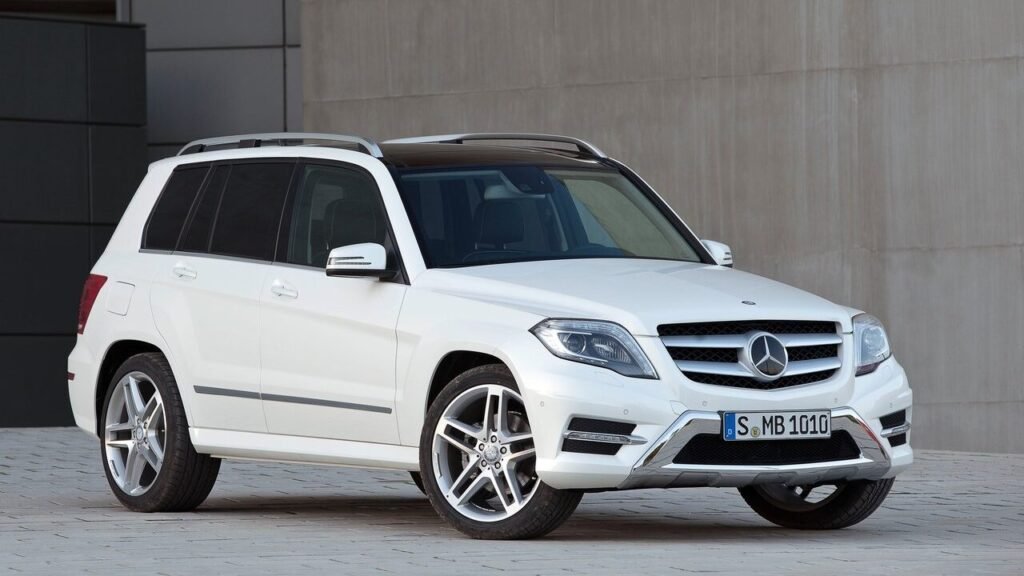
2013 GLK 300
The Mercedes-Benz GLK might’ve been around for a bit, but it’s still one of the best options if you’re looking for a used compact SUV that doesn’t break the bank. Its smaller size makes it awesome for driving in the city, and it’s genuinely fun to drive especially when you’ve got that 3.5-liter V6 engine with a 7-speed automatic transmission. This beast can zoom from 0 to 60 mph in just 6.1 seconds, which is pretty impressive.
When you hop inside, you’ll notice that classic Mercedes-Benz style with nice wood trim and comfy leather seats. The big windows give you great visibility, but just a heads up, the back seat can feel a bit tight, so it’s probably a better fit for singles or smaller families.
All in all, the GLK really shines if you want something that’s quick and efficient in the luxury SUV game. For the best bang for your buck, definitely check out the 2013 model year; it’s the sweet spot for performance and value.
Model Overview and Specs
- Generation: First-gen GLK (X204), introduced in 2009, facelifted in 2012.
- Engine: 3.0L V6 (GLK 300) or 3.5L V6 (GLK 350) in some markets. Both are known for smooth power delivery and moderate fuel efficiency.
- Styling: Boxy shape reminiscent of classic G-Wagen lines.
- Interior: Post-facelift updates included better materials and improved COMAND infotainment.
Reliability and Common Issues
- Engine: M272 or M276 V6 is relatively reliable if maintained. Minimal timing chain issues compared to some older V6 designs.
- Transmission (7G-Tronic): Generally robust; look for fluid change records. Harsh shifting if neglected.
- Electronics: Early GLKs occasionally face glitchy COMAND screens; post-2012 models see fewer complaints.
- Suspension: Lower control arm bushings can wear, but replacements aren’t overly expensive.
Ownership Costs and Maintenance
- Fuel Economy: Expect around 19-24 MPG combined, decent for an older V6 SUV.
- Maintenance: Spark plugs (~60k miles), transmission fluid (~40k-60k miles). Oil changes recommended every 5k-7.5k miles.
- Market Pricing: The 2013 GLK offers excellent value, generally cheaper than the GLC but with a robust mechanical foundation.
Verdict: The 2013 Mercedes GLK 300 stands out for practicality, reliability, and a simpler electronics suite. If you want a small Mercedes SUV without complex turbocharging or myriad advanced driver aids, it’s an ideal pick.
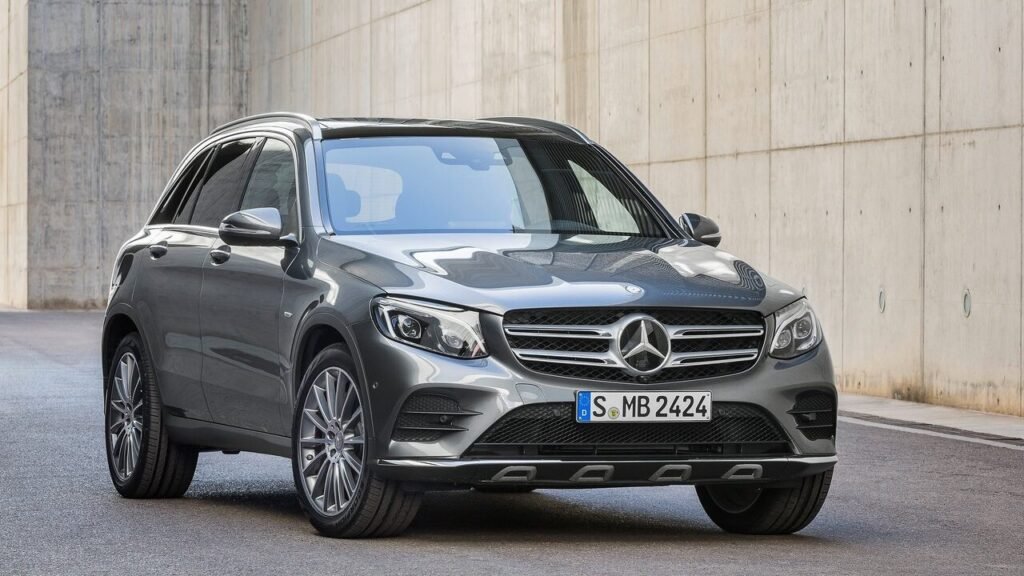
2018 GLC 300 4MATIC
The Mercedes-Benz GLC is the new version of the GLK, and it’s got a nice vibe while keeping what made the old one great. It comes with a smoother ride and a more refined feel. One of the big updates is the 9-speed automatic transmission, which is way better than the old 7-speed in terms of how quickly it responds and how efficient it is.
Now, instead of the GLK’s V6 engine, the 2018 Mercedes GLC has a 2.0-liter turbocharged engine. It gets from 0 to 60 mph in 6.8 seconds. That’s a bit slower than the GLK, but it’s still pretty decent.
Even though the GLC is larger, you might find the back seats and cargo space a bit cramped, which could be a letdown if you were hoping for more room.
But hey, there’s a bright side! The 2018 model year is impressive when it comes to reliability, and it features a classy and comfy interior that feels pretty upscale. If you’re looking for a mix of luxury, performance, and reliability, the GLC really makes a strong case for itself.
Model Overview and Specs
- Generation: Second-gen “GLK successor” introduced for 2016, known internally as the X253.
- Engine: 2.0L turbocharged four-cylinder making around 241 hp.
- Transmission: 9-speed automatic (9G-Tronic), which improved over time.
- Interior: Modern design, premium materials, advanced driver aids (like optional adaptive cruise, lane keeping assist).
Reliability and Common Issues
- Engine: M274 turbo-4 typically performs well, though some owners note occasional intake carbon buildup.
- Transmission: Early X253 models (2016-2017) had 9-speed shift quality issues. By 2018, software refinements reduced complaints.
- Electronics: COMAND system is more advanced, so ensure software is updated. Occasional glitchy screens or Bluetooth connectivity complaints.
- Suspension: Standard steel springs are reliable. The optional Air Body Control might raise costs if components fail.
Ownership Costs and Maintenance
- Fuel Efficiency: Approx. 22-25 MPG combined, quite respectable for a luxury SUV.
- Maintenance Intervals: Typically every 10k miles (oil change, inspection). Use synthetic oil and genuine filters.
- Market Pricing: The GLC commands higher used prices, but it’s a sweet spot if you desire modern tech and a refined cabin.
Verdict: The 2018 GLC 300 4MATIC merges a contemporary interior, decent reliability track record, and all-season traction. Ideal for those wanting advanced safety features and a more recent Mercedes SUV experience.
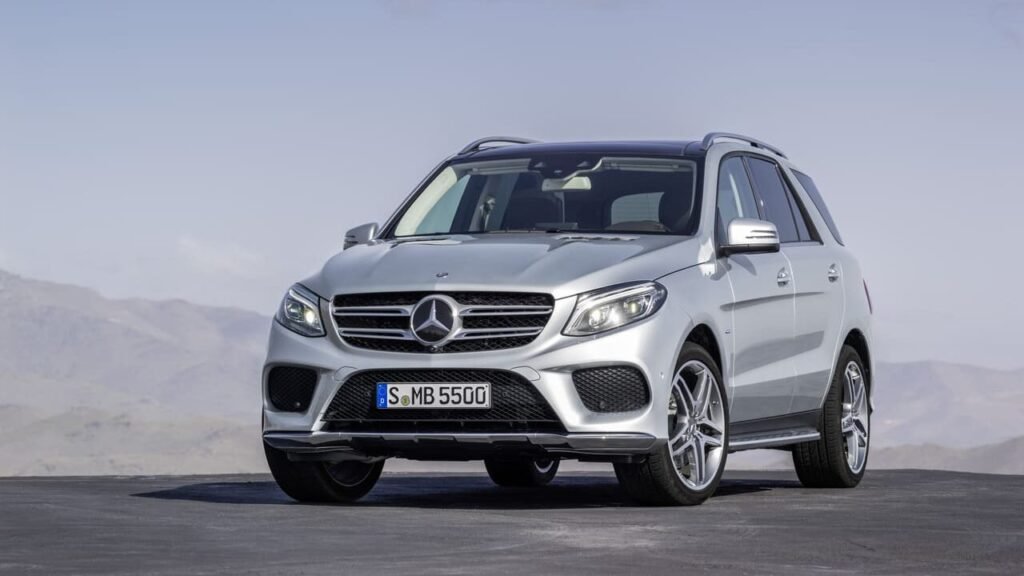
2017/2018 GLE (W166)
The third-gen W166 2017 Mercedes-Benz GLE, and 2018 model, is a perfect blend of space and comfort wrapped in a luxurious package, making it an awesome pick for families. True to its German roots, it drives really well on the highway, giving you a smooth and controlled ride.
But when it comes to handling, the GLE doesn’t quite feel as sporty as it could. This is mostly because during that time, they switched from hydraulic to electric power steering, which often didn’t provide that nice feedback drivers enjoy.
If you want a comparison, the 2018 Porsche Cayenne kept its sharp and precise handling even with electric steering. Still, the GLE shines with its reliability, roomy interior, and a bunch of safety features that stand the test of time.
Under the hood, you’ll find a V6 engine that finds a solid balance between power and efficiency, making for a smooth ride. While it may not be the most exciting car to drive, the 2018 Mercedes GLE does offer decent fuel economy with numbers reaching up to 18 mpg in the city and 23 mpg on the highway. So, it’s definitely a good choice for anyone looking for a luxury SUV.
Model Overview and Specs
- Generation: W166 ran from 2012 to 2019, originally called M-Class, renamed GLE in 2016.
- Engine Options: Gasoline V6, turbo-diesel, or even performance AMG variants. The GLE 350 (V6) is a common choice.
- Interior: Spacious, with a blend of plush materials and user-friendly controls. Post-2016 facelift improved the exterior styling.
Reliability and Common Issues
- Engine: The M276 V6 is generally reliable; earlier models might have balance shaft issues if neglected. Diesel variants are prized for better torque and decent economy.
- Transmission: 7G-Tronic or 9G-Tronic (depending on year/trim) can be durable if serviced. Some owners experienced minor shift flares.
- Electronics: The W166’s COMAND can freeze or reboot occasionally; software updates fix many issues.
- Air Suspension (if equipped): AIRMATIC yields a plush ride but can be pricey to fix if air struts or compressor fail.
Ownership Costs and Maintenance
- Fuel Efficiency: Ranges from 18-22 MPG combined for the V6, better if you pick a diesel.
- Maintenance: Spark plugs (60k miles), transmission fluid every 40k-60k miles, frequent checks on the air suspension if so equipped.
- Market Pricing: The GLE stands above the GLC in size and presence, often attracting families or those wanting the brand’s mid-luxury SUV.
Verdict: The 2017 GLE offers a strong balance of comfort, reliability (by Mercedes standards), and space. Tech-laden but not overly complicated, it’s an excellent used buy for families.
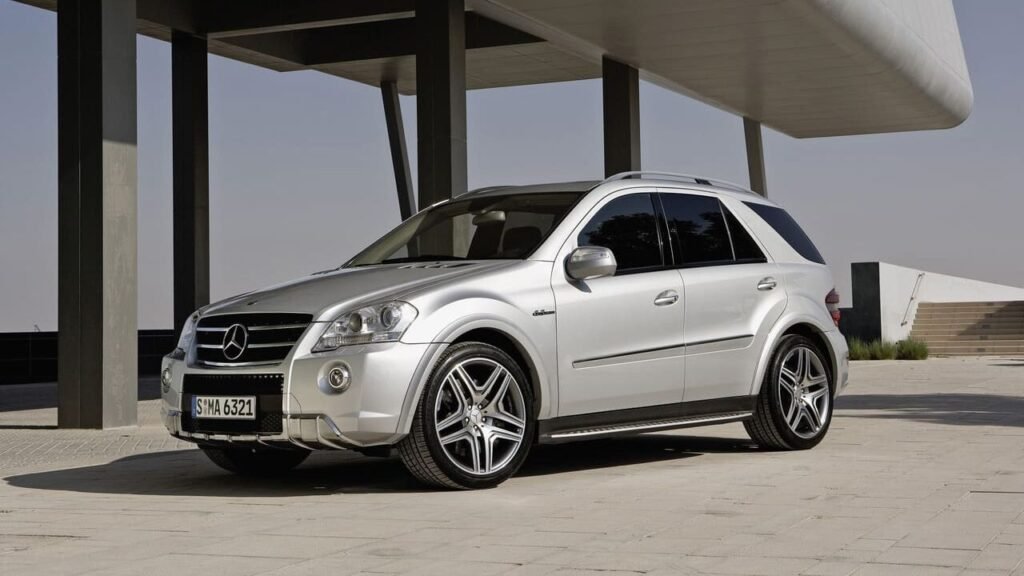
Additional Models Worth Considering
- GLS (X166): The full-size SUV in the lineup, more expensive but also found in older used versions. Potentially large maintenance bills if neglected.
- Older ML-Class (Pre-2012 W164): Some model years improved reliability after teething issues, but approach carefully.
- GLB: A compact 7-seater introduced in 2020, not widely tested for long-term reliability yet.
Each alternative demands thorough research into specific production years and known trouble spots.
Why Choose a Pre-Owned Mercedes-Benz SUV?
Let’s be honest—almost every car enthusiast has dreamed of owning a Mercedes-Benz at some point. While an SUV might not be the classic Mercedes you’ve always envisioned, it still carries the iconic three-pointed star on its hood and delivers the prestige of owning a high-end vehicle. What’s not to love about that?
- Luxury Experience at a Lower Price: Pre-owned Mercedes SUVs can cost a fraction of their original MSRP, giving you access to premium cabins, refined ride quality, and advanced technology without new Mercedes sticker shock.
- Prestige and Comfort: Beyond the allure of the badge, there are plenty of practical reasons to consider a Mercedes SUV. These vehicles are solidly built for smooth highway cruising, feature high-quality materials, offer luxurious interiors, and, let’s admit it, look stunning parked in your driveway on a Saturday evening. Even older models often have features like heated leather seats, panoramic sunroofs, and top-notch sound systems.
- Potential for Reduced Depreciation: That’s where Mercedes’ steep depreciation works to your advantage. Thanks to their affluent first owners who don’t mind taking the financial hit, car enthusiasts on a budget can benefit. By purchasing used, you avoid the initial depreciation hit that occurs in the first few years of ownership. If you select a reliable model, you might maintain a decent resale value.
A well-priced, pre-owned Mercedes SUV lets you enjoy the prestige, performance, and luxury of the brand without breaking the bank—offering the best of both worlds for savvy buyers. However, secondhand luxury SUVs require diligent research: a neglected or problematic model can saddle you with hefty repair bills. That’s why focusing on vehicles recognized for long-term reliability is crucial.

Tips for Evaluating a Reliable Used Mercedes SUV
Focusing on the following key factors can significantly enhance your chances of acquiring a reliable Mercedes SUV:
- Keep Track of Maintenance: A complete maintenance history especially from authorized Mercedes-Benz service centers shows how well the car was taken care of and can point out any issues that keep popping up.
- Look at the Suspension: The AIRMATIC suspension system in these cars makes for a smooth ride but can end up costing a lot to fix if it’s not well taken care of.
- Inspect the Electrical System: Modern Mercedes-Benz SUVs come loaded with fancy electrical systems. But over time, these can run into issues like AC condenser failures or problems with the sunroof and door locks.
- Previous Ownership and Usage: Knowing how the last owners used the vehicle can give you a clue about its future performance. Cars that mostly went on long highway trips tend to wear less than those that spent a lot of time in the city.
- Warranty and Certification: Buying a Certified Pre-Owned Mercedes-Benz can sometimes ease your mind. CPO cars go through strict checks and come with extended warranties, making sure any prior issues are dealt with.
- Know About Recalls: Make sure you check if the model has had any recalls or service campaigns.
- Think About Overall Costs: Consider the complete cost of owning the vehicle, which includes maintenance, insurance, and any possible repair costs. For instance, the Mercedes-Benz GLE averages about $1,194 a year in maintenance, adding up to around $14,738 over ten years.
- Get a Pre-Purchase Inspection (PPI): Spend the extra $100–$200 for a professional mechanic’s inspection. Focus on engine condition, transmission performance, electronics, and suspension.
- Test Drive: Look for odd shifts, vibrations, or check-engine lights. Evaluate infotainment responsiveness.
Owners Feedback
Enthusiasts Praise It!
Properly maintained Mercedes-Benz SUVs tend to retain their value well. The brand’s reputation for luxury and performance contributes to strong resale values, especially for models with comprehensive service histories.
- 2013 Mercedes-Benz GLK 300: Owners frequently commend the GLK 300 for its agile performance and comfortable ride.
- 2013 Mercedes-Benz GLK 300: The GLK’s distinctive styling continues to appeal to owners.
- 2018 Mercedes-Benz GLC 300 4MATIC: The GLC 300 4MATIC is lauded for its quiet cabin and refined driving experience.
- 2017 Mercedes-Benz GLE (W166): Drivers appreciate the GLE’s balance between luxury and performance.
Common Complaints
- 2018 Mercedes-Benz GLC 300 4MATIC: Some owners have reported issues with the infotainment system.
- 2018 Mercedes-Benz GLC 300 4MATIC: Some drivers have experienced transmission issues.
- 2018 Mercedes-Benz GLC 300 4MATIC: Some owners have expressed dissatisfaction with the ride quality due to run-flat tires.
- 2013 Mercedes-Benz GLK 300: Owners have noted high maintenance expenses.
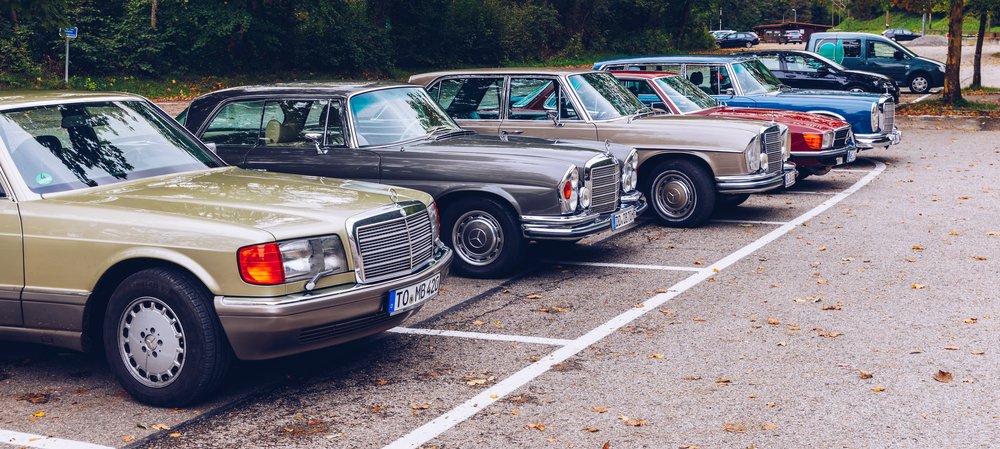
What is considered high mileage for a Mercedes-Benz SUV?
Mercedes-Benz cars are known for being super durable, which they’ve built up a reputation for over a lot of years. It’s not rare to see a Mercedes with close to a million miles on it, showing off how great their engineering really is.
But hitting those high miles doesn’t just happen by chance. It takes a lot of care from the previous owner, like sticking to maintenance schedules and getting repairs done on time.
While you can find high-mileage Mercedes SUVs that could run fine, we usually say it’s smarter to look for models with less than 150,000 miles. This way, you get a good mix of reliability and peace of mind.
In the end, if you stay on top of maintenance and buy cars that have a good history, you should have a pretty satisfying experience.
Final thoughts: Selecting the Right Pre-Owned Mercedes SUV
If you’re on the lookout for the best used Mercedes-Benz SUVs, you want one that combines the brand’s signature luxury with solid reliability so you don’t end up at the shop all the time. Our top three choices—the 2013 GLK 300, 2018 GLC 300 4MATIC, and 2017 GLE (W166)—hit the mark with a nice mix of performance, comfort, luxury, and a good history when it comes to long-term ownership, so you would most probably find your exact needs in one of them.
Here’s a quick rundown of our favorites:
- 2013 GLK 300: Perfect if you’re after a smaller SUV with straightforward tech and a trusted V6 engine.
- 2018 GLC 300 4MATIC: A modern ride that’s packed with tech and features some nice updates.
- 2017 GLE (W166): This one’s bigger and great for families, plus it has some improved reliability features.
Just remember that even the most dependable Mercedes models need some love and care. Make sure you give it a good once-over, think about getting a pre-purchase inspection, and keep an eye on changing the fluids and swapping out parts. This way, you can really savor the luxury of these SUVs without stressing over repair bills. A pre-owned Mercedes usually gives you better performance and a touch of prestige compared to options like the Toyota 4Runner or Honda Pilot. Typically, you’d have to make sacrifices on reliability to enjoy the comfort and elegance, but that’s not the case with the models we’ve highlighted here.
If you found this post useful you might want to check out our article called “Best Used Mercedes C-Class Sedans: Reliable Choices for 2024“. Our site has a bunch of detailed car reviews expert buying tips and all the latest updates in the industry. We’ve got lots of info to keep you in the loop so take some time to explore and don’t forget to save us as a favorite for more updates later!
- Best Car Interior Cleaning Kits: Make Your Cabin Look New
- Which XV70 Camry Year Should You Buy? A Tested Guide
- Magnetic Phone Mounts & Mounts for Thick Cases: That Actually Work!
- Best Wireless CarPlay Adapters for Older Cars
- Best Seat Gap Fillers for Leather Seats
- The Most Underrated Cars — Hidden Gems You Should Actually Consider
*Disclaimer: This website provides automotive content for informational purposes only and should not be considered professional advice. While we strive for accuracy, we do not guarantee the reliability or suitability of any vehicle or product mentioned—always conduct your own research before making purchasing decisions. Additionally, some links on this site are affiliate links, meaning we may earn a commission if you make a purchase, at no extra cost to you.



